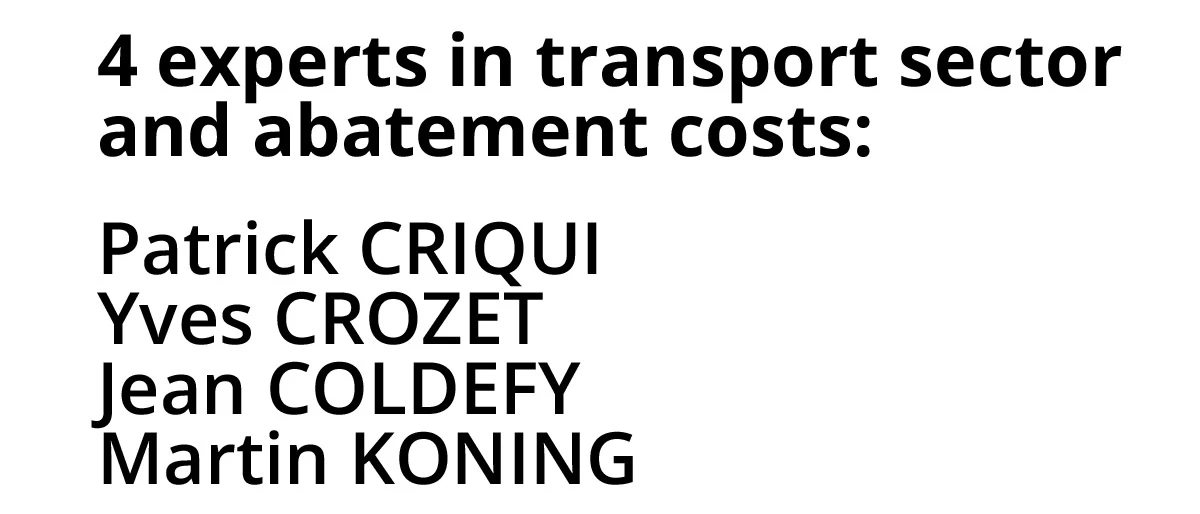The project
Enerdata was selected by the Provence-Alpes-Côte-d’Azur (PACA) region, to use abatement cost methodology to analyse decarbonisation measures in the transport sector, and to propose scenarios to achieve carbon neutrality.
The region needed to define a methodology based on Marginal Abatement Cost Curves (MACC) to prioritise various measures according to economic criteria and to develop specific indicators to evaluate the economic efficiency of these measures.

Strategic stakes
France set up the “National Low-Carbon Strategy” (SNBC) that defined a Net-Zero target by 2050 (approved in 2017, updated in 2021). Each region must follow this mission within its own perimeter. The region Sud-PACA has competencies in improving transport sector emissions and decided to develop and implement specific politics. The team in charge of the prospective mission is the Infrastructure and Major Facilities Department.
- Enerdata provides an in-depth competence on abatement cost methodology, having used it extensively in various studies on POLES model , EnerNEO model, and MACCs (based on AERO model to break down emission reductions by driver)
- Enerdata has specific expertise on modelling tool development for custom models and scenarios
- Since the beginning, Enerdata specialised in:
- A sectorial approach, including transport sectors, to act at the level where measures can be defined
- Energy demands, using a technical and economical approach to consider and analyze the technical parameters that impact CO2 emissions and related costs (e.g. traffic, distances travelled, motorisation, modal changes)
- Enerdata conducted interviews with relevant experts to accurately define the project perimeters and the best methodology to be used, and then to structure a complex methodology based on many parameters.
Step 1: Methodology and perimeter definition
- Reviewing literature and creating a summary report of abatement cost details (definition, calculation and use) for elected representatives
- Interviewing of international and national experts, researchers, transport representatives to collect feedback on the use of abatement curve methodology
- Reporting and synthesis to provide recommendations on the best way to implement the abatement costs methodology, based on the interviews and combined with our own analysis
Step 2: Sectoral modelling – transport
- Developing an abatement costs model, accurate for the transport sector
- Packaging and delivery adapted to client needs: the model has been developed to be used and modified by the region’s technical departments when necessary
- Model specifications
- For energy and GHG emissions: mode (freight, passengers) and sub-mode (bus, car, carpooling, sea shuttle, bike and more) by energy
- For costs: private (investment, operating, energy, and more) and socio-economic (taxes, air pollution, health, noise and more)
Step 3: Scenario development delivery
- Scenarios based on GHG emission reductions and related costs within regions, following eleven transport policies (including cycle track development, electric vehicle promotion, land development) by type of vehicle (private cars, public transport, cycles and more.)
- A comprehensive user guide will be produced to enable the client to modify existing scenarios and create new scenarios.
- Model, scenarios and user guide
- Summary note on scenario results
- Presentation to elected representatives and training of the technical departments

